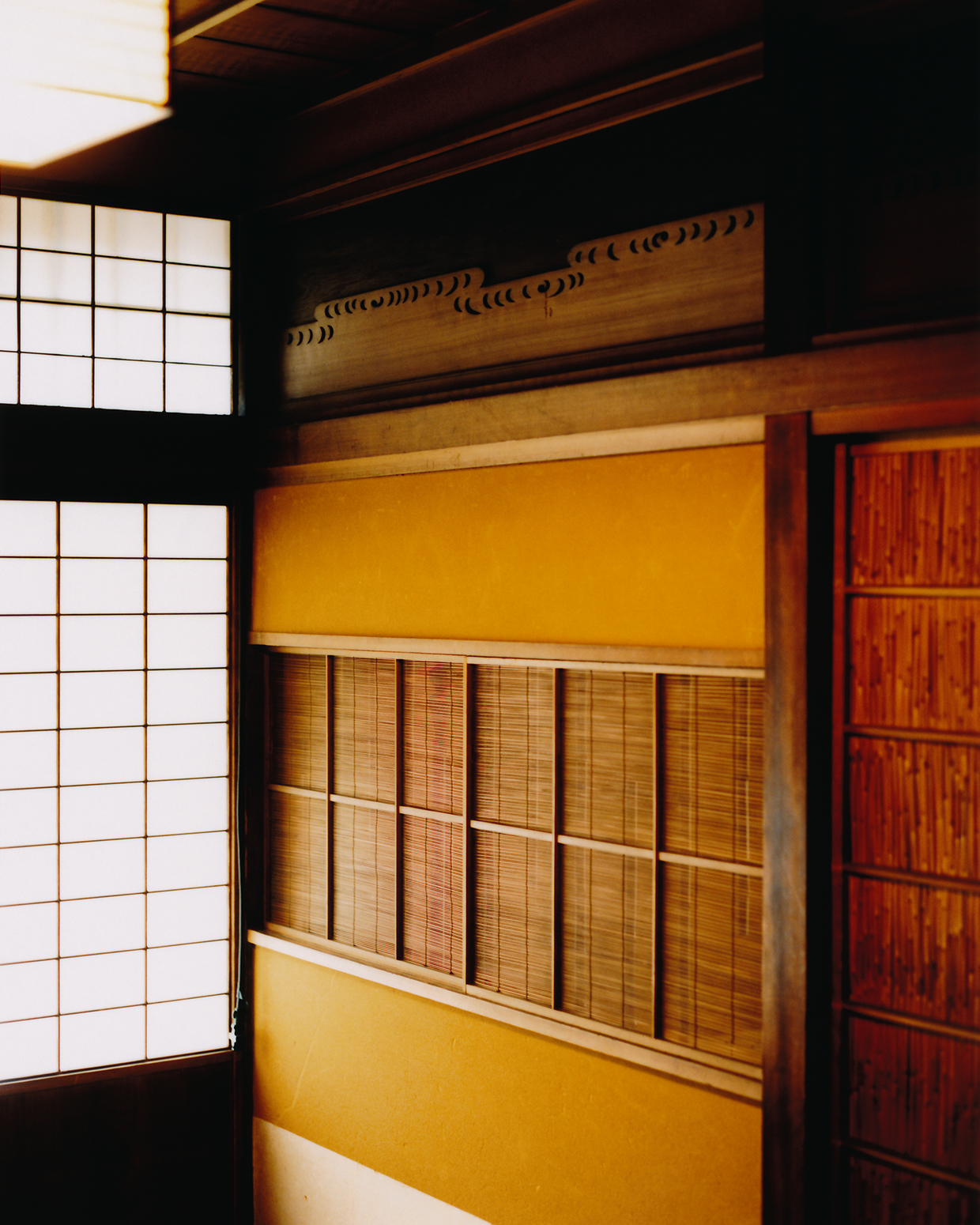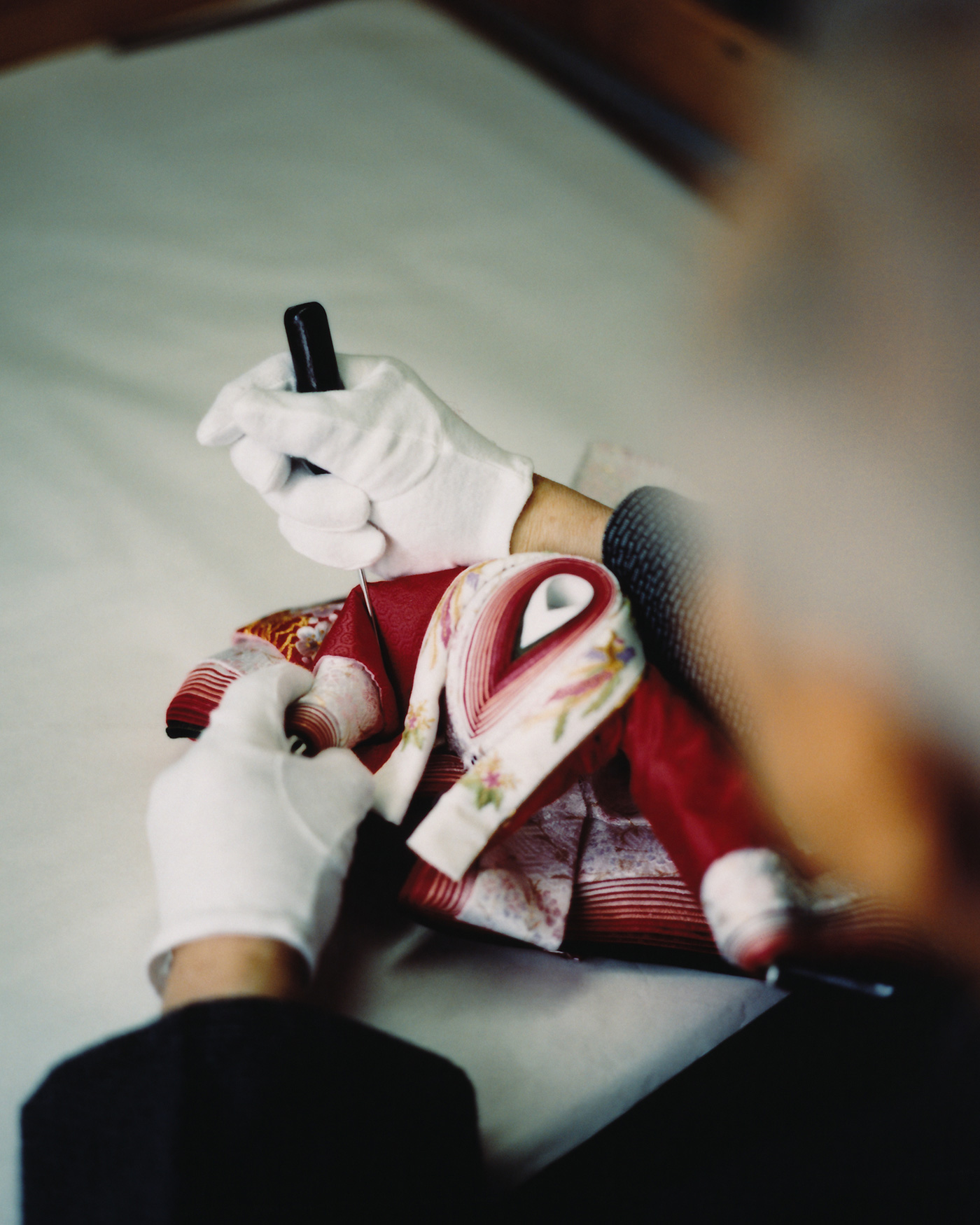What do you think is the significance of creating new products through this Nagoya City project within the 400-year history of Kahei Takeda?
It is not so much what it means to Takeda Kahei Shoten, but what it means to the town as a whole. Arimatsu has an identity that it has been continuously transforming itself. In the Edo period (1603-1867), it became famous for its hand towels, which became a nationwide specialty, then transformed into yukata (light cotton kimono), which in turn transformed into kimono, and now into western-style goods and sundries. Our company has a history of taking on new challenges, and our chairman has taken on the challenge of expanding overseas many times.
Arimatsu has a history of 400 years, but the Japanese tie-dyeing culture is much older than that. 1300 years ago, tie-dyeing was included in the treasures of Shosoin, and 400 years is a late start in the history of Japan.
Shokuro Shokuro, the first generation, developed the technique of shibori more and more. He sought to differentiate himself from others in the shibori production area in Japan. The characteristic of Arimatsu shibori is its variety. It is the result of his continuous pursuit of new things. Because the first generation had such a way of thinking, it has continued for 400 years even now.
We are not descended from Mr. Shokuro, but we are involved in that sense without even knowing it. Therefore, the idea of taking on new challenges is always in our minds. Since tie-dyeing is a secondary processing technique, it can be used for a variety of materials, so it is easy for us to take on new challenges. Taking on new projects is meaningful not only for a company, but also for the entire city.
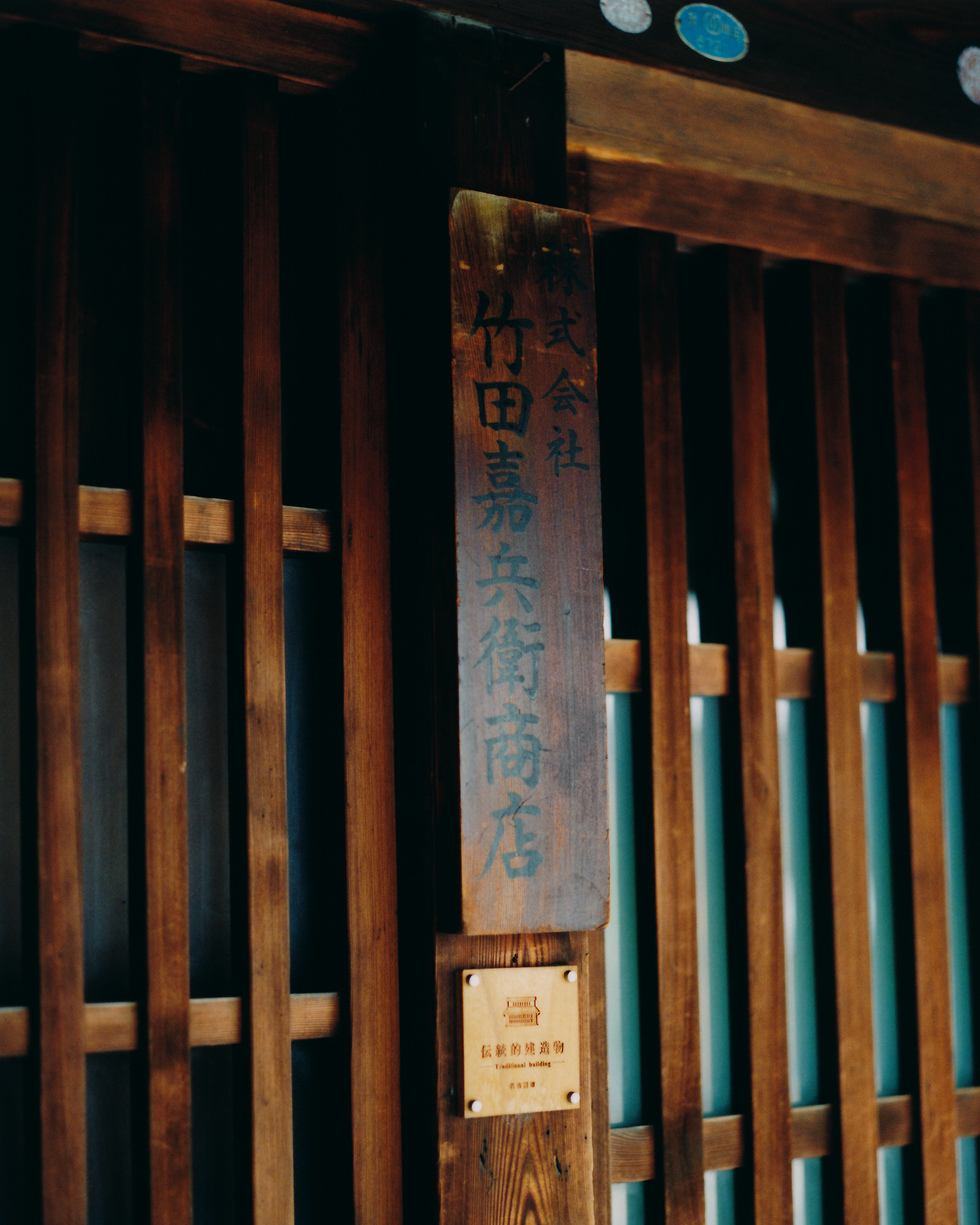
We will raise awareness in Europe, and then next, another vision is to have Europeans come to Arimatsu. The chairman wants to make this town like Venice or Florence. He is thinking of something called the “Salone Plan. He wants to turn the whole town into a salon.
No matter where you look in Japan, there are not many places like Arimatsu where manufacturing and townscape are in harmony. I would like to create a town like Venice, with Venetian glass, a beautiful townscape, sightseeing, and people actually buying the products. It may be a pipe dream, but there is definitely a possibility to get closer to it, and I think Creation as DIALOGUE is a project in such a series.
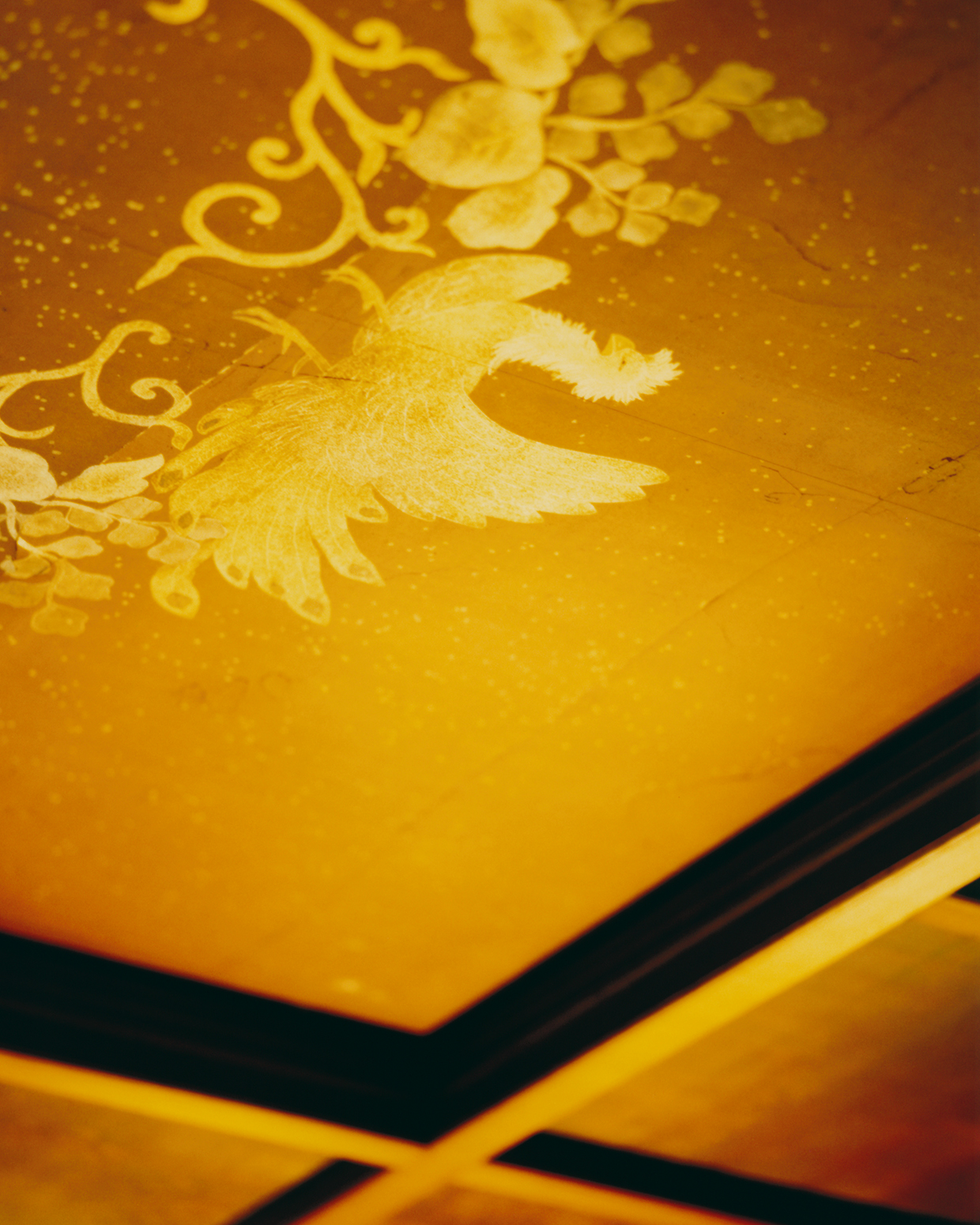
In your collaborations with designers, have there been any new techniques, new thoughts or perspectives that you have adopted?
That’s right. Arimatsu has always had the feeling that they are designers. However, although they know a lot about shibori, they only make fabrics and are amateurs when it comes to product design. As a business, you can’t make money from fabric alone because it is a processing fee, so you need to make products to make money.
Until now, we had been acting like professionals even though we were not, and that didn’t work out well. We didn’t have the sense to invest money in outside designers, and we thought we could do it ourselves.
Tie-dyeing does not work well unless the designer also has some knowledge of tie-dyeing. Because of this difficulty, historically, it has not been possible to send the work to outside designers, but in the case of the designer collaborating with us this time, he has worked with suzusan in the first place, and he has a better understanding of shibori than most designers. He has a better understanding of aperture than most designers. This time, especially since we are producing products for the overseas market, we do not know the situation overseas, so I think we will be able to create products that suit the lifestyle of the overseas market while listening carefully to the opinions of the designers who actually live there, in terms of color and design. So, I can talk about the technical aspects of shibori, but when it comes to products, I make things while listening carefully to Mr. Furukawa.
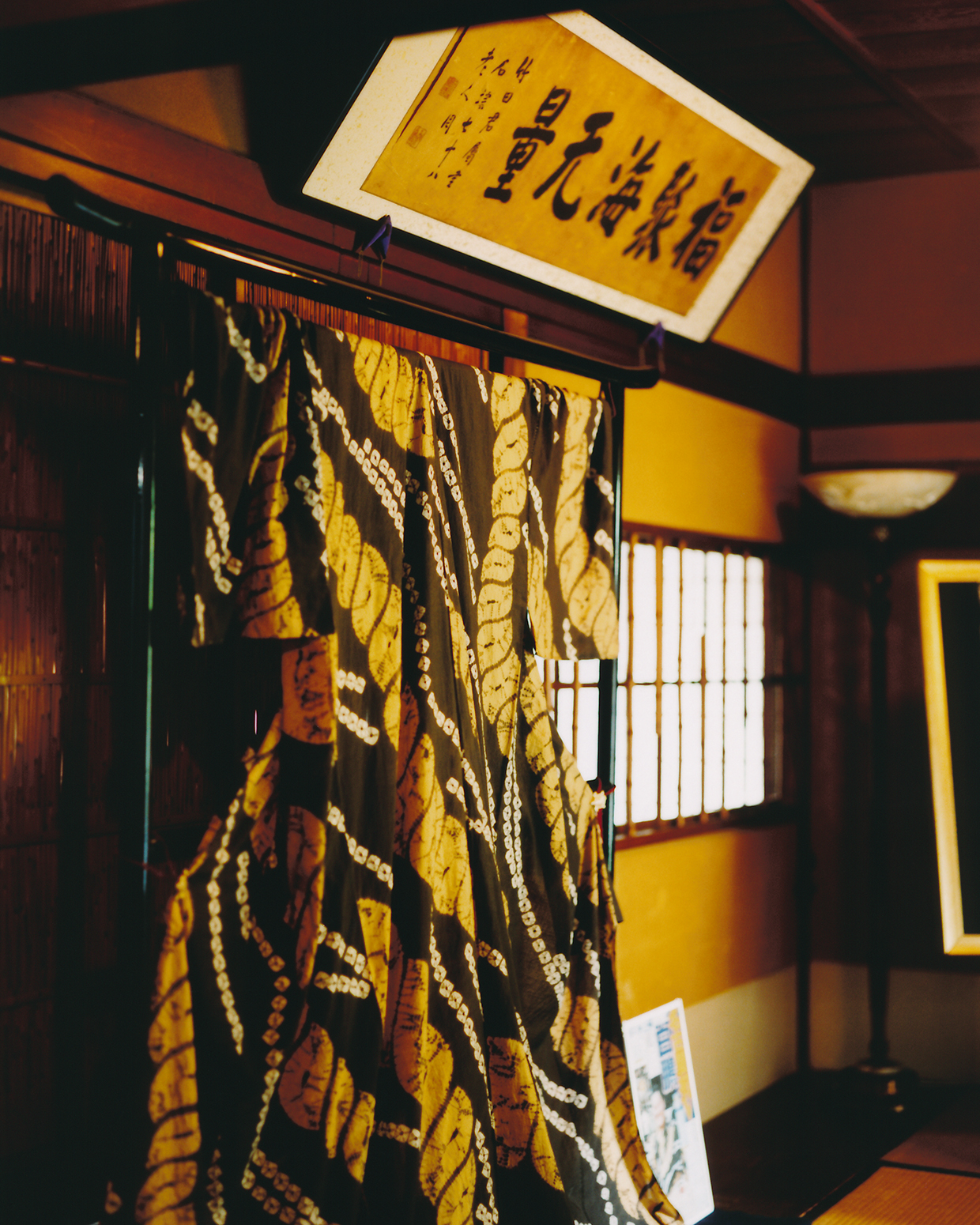
As you have actually started to make samples now, do you feel any surprises, or do you feel that you would never have come up with this on your own?
I am not surprised in particular, but I think the difficulty still precedes the difficulty. I am trying to find out how much I can express the designer’s image with a narrower focus, but I am feeling the pain of creation.
In terms of surprise, I was amazed at the research power of the production team. Because of the seriousness with which they tackle their work, I was inspired to overcome any difficulties and create a good product.
